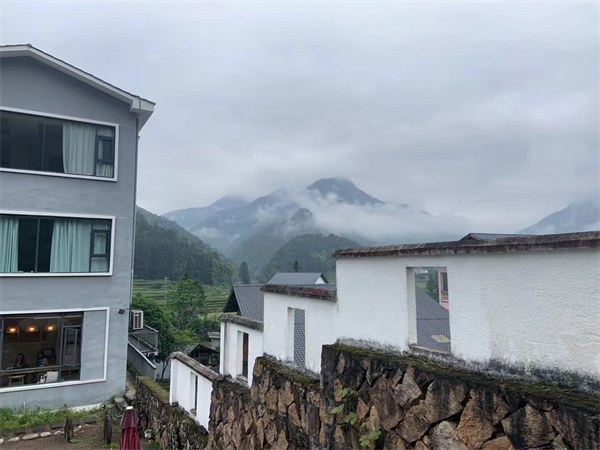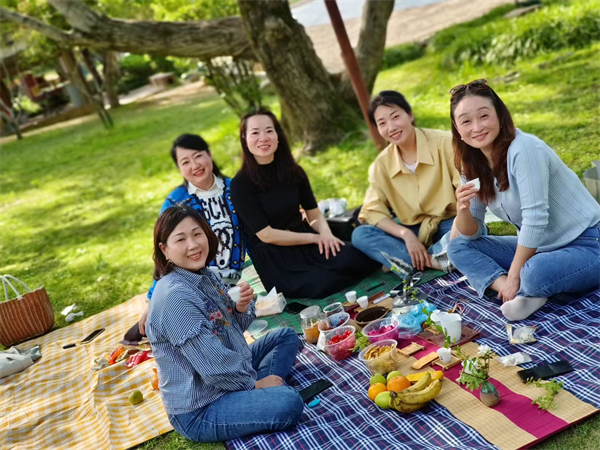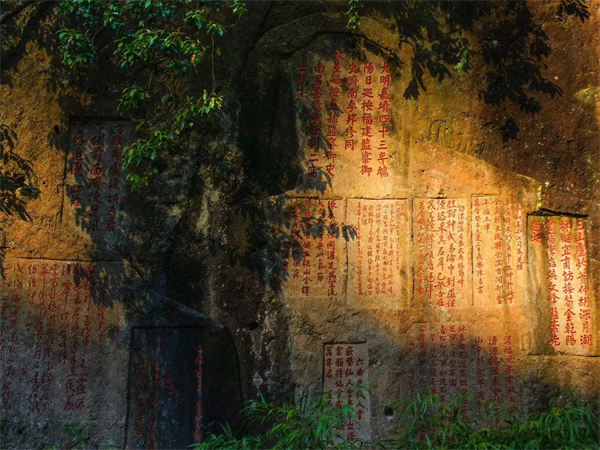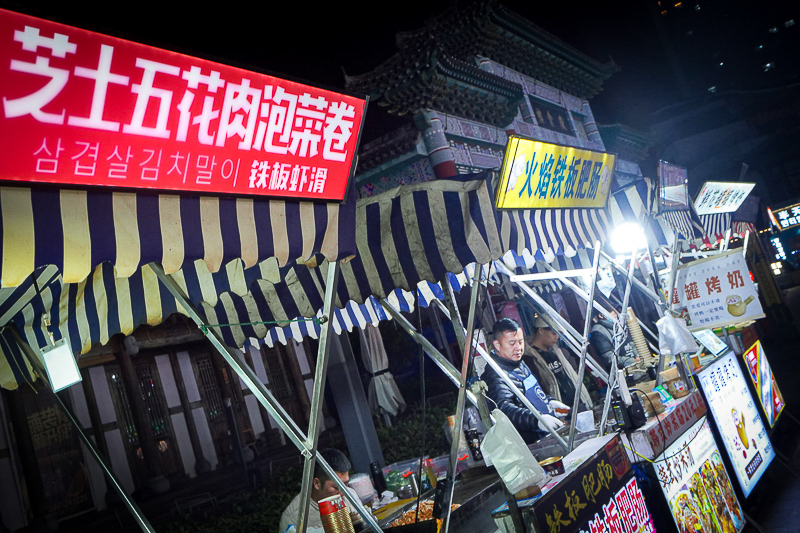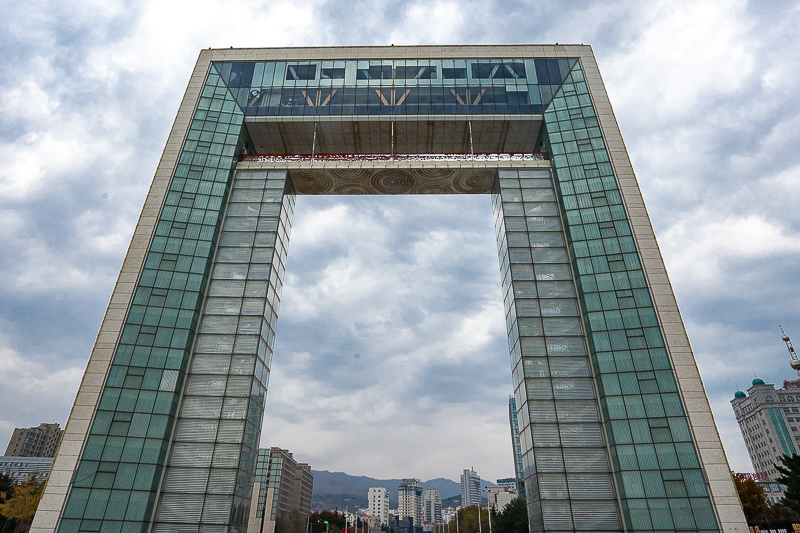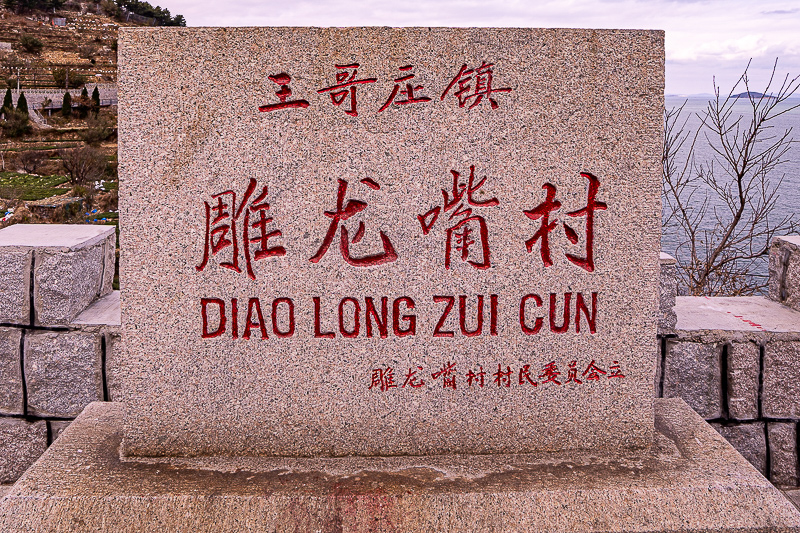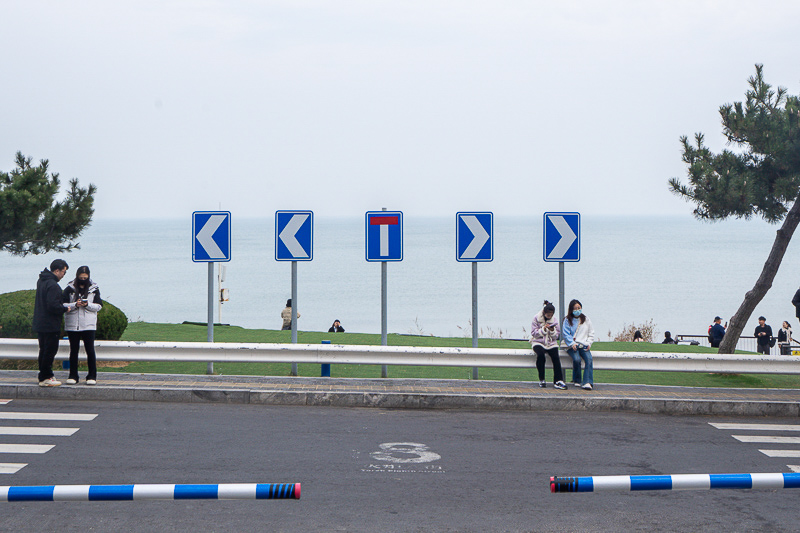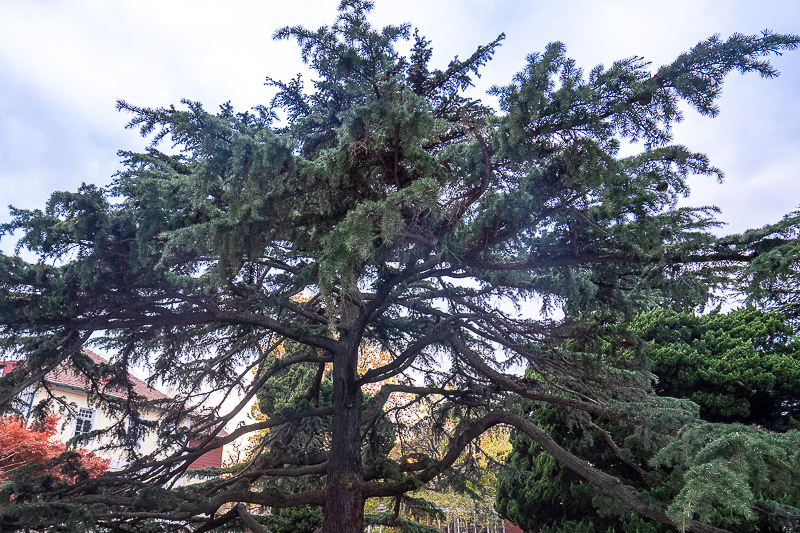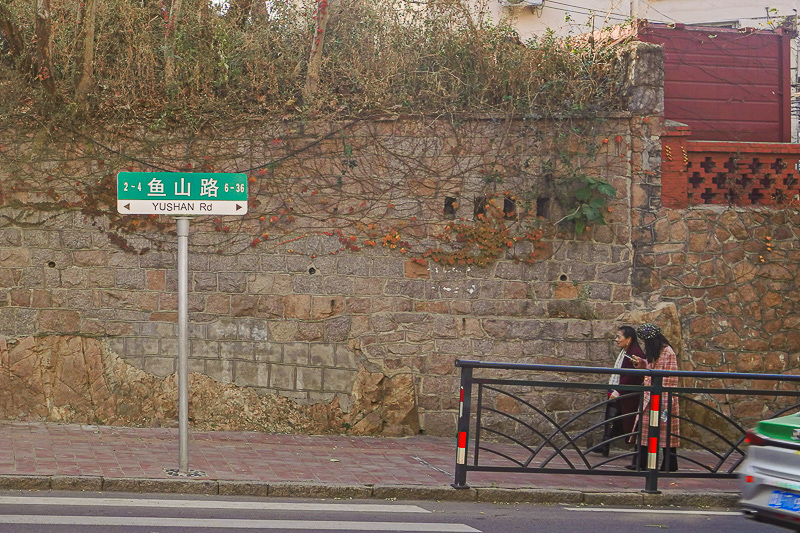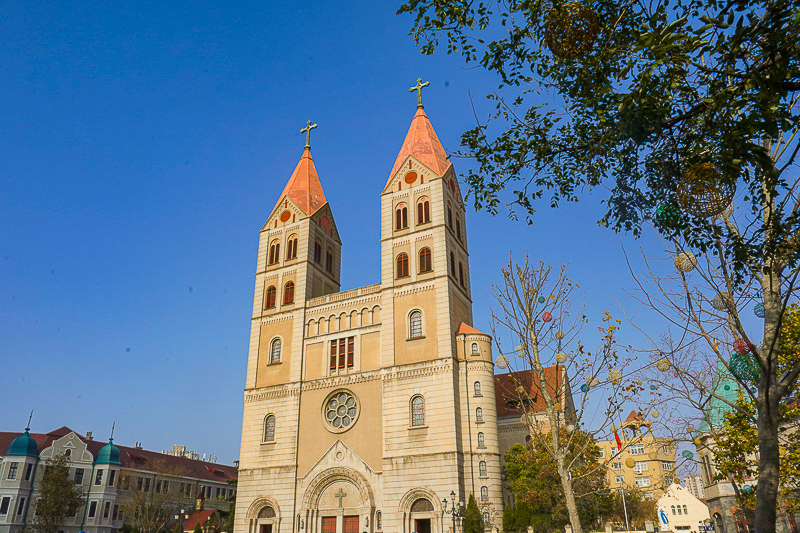本文目录
一、西安钟鼓楼城墙英文导游词
导游词,是导游人员引导游客观光游览时的讲解词,是导游员同游客交流思想,向游客传播文化知识的工具,也是应用写作研究的`文体之一。特点是口语化,还具有知识性、文学性、礼节性等特点。以下是小篇为大家整理的西安钟鼓楼城墙英文导游词。
The Bell Tower Drum Tower and the City Well in Xi’an
Good morning Ladies and Gentlemen:
Today we will have three places to visit—the Bell Tower the Drum Tower and the City Well. First we come to the Bell Tower.
The Bell Tower, a classical building with carved beams and painted rafters, has been served as the symbol of Xi’an. It stands in the center of the downtown area where the north street, the south street, the west street and the east street meet. And the tower house a huge bell which in ancient times was use to strike the time every morning. This is how the tower got its name. now it is an important historical monument in shaanxi Province.
The Bell tower was first built in Ying Xiang temple in 1384 during the Ming dynasty. It was moved to its present site in 1582 as a result of the city‘s expansion program.
Ladies and gentlemen, There is a story about the Bell Tower. It’s said that the first emperor of Ming dynasty, Zhu yuanzhang, he was born in a poor family. Both his parent died when he was young, and he had to live a hard life. Later, he went to a temple to become a monk. When he ascended the throne, he was afraid of being deposed by someone of“real dragon”. Therefore, he gave orders to build bell tower all over the county to repress the“dragon spirits”. Xi’an has been the imperial capital city since ancient times. So the“dragon spirits” must be very strong here. That’s why the bell tower in Xi’an was not only built earlier, but also bigger than the other ones in the country. The base of the tower is 1,337.4 square meters in size, 8.6 meters high and 35.5 meters wide. It was laid with blue bricks all over. The whole building is 36 meters above ground. It is a brick-and–wood structure. The eaves are supported by colored“dou gong” a traditional structural system in which brackets are used to join columns and crossbeams, the use of dou gong made the whole building firm and beautiful.
Well, next we will visit the Drum Tower nearly.去厦门找导游
The Drum Tower stands 500 meters to the northwest of the Bell Tower. It was built in 1380. There used to be a huge drum in the tower, which told the time at dark, and that is how the tower got its present name. Besides marking the time, the drum was also used to give warnings to people in times of war. The base of The Drum Tower is 1,924 square meters in size, and 34 meters in height. It was built with blue bricks. The Drum Tower has a rectangular shape and shows tier and the outside eaves are decorated with networks of wood arches.
At last, we will visit the famous city wall of Xi’an. The most complete and the best preserved city wall in china.
The city wall of Xi’an is an extension of the prior Tang dynasty structure. It was stared in 1370 and finished in 1378 and has a rectangular–shaped construction. It is over 4 kilometers from the east to west and about 3 kilometers from the north to south. And the total length is 13.7 kilometers. It stands 12 meters high, 12-14 meters wide across the top and 15-18 meters thick at the button. On the top of the city wall, there is a rampart every 120 meters, which extends out from the main wall. The top of the rampart is at the same level as the top of the wall. The ramparts were built to allow soldiers to see those enemies who would try to climb up the wall. The distance between every two ramparts is just within the range of arrow shot from either side. This allowed soldiers to protect the entire wall without exposing themselves to the enemy. There are altogether 98 of them on the city wall and each has a sentry building on top of it.
There are four main gates of the city wall-one on each side-named the east gate, the west gate, south gate and north gate. The four gates of the city wall were the only way to go into and out of town. In Xi’an, each of the four gates consists of three gate towers. The main gate tower is called ZhengLou which is located on top of the main part of the city wall. It is the inner one and is also the main entrance to the city. Zha lou is the gate tower which a suspension bridge and located outside of the city wall. It’s used to lift and lower the suspension bridge. Jian lou is the arrow tower and located in between the Zhenglou and Zhaloutowers. There are square windows in the front and on the two sides to shoot arrows. Jianlou and Zhenglou are connected by walls and the encircled area is called Wongcheng in which soldiers could be stationed. From Wongcheng, there are also horse passages leading to the top of the wall. There are altogether eleven horse passages around the city.
A watch tower is located on each of the four corners of the wall. The one at the southwestern corner is round, probably after the model of the imperial city wall of the Tang dynasty. But the other three are square and are higher and larger than the sentry building on the ramparts. This shows the strategic importance of the corners of the city wall.
All right, we have finished visiting the famous city wall of Xi’an. Thank you.
二、西安大雁塔的英文导游解说词是什么
1、大雁塔是楼阁式砖塔,采用磨砖对缝(意思是将砖的 6个面磨光,用石灰、三合土、米浆粘连)的砌垒技术。大雁塔的特点是:砖结构体现出木结构的斗拱风格;砖墙上显出“棱柱”来,可以明显分出墙壁开间。这些都是中国特有的传统建筑艺术形式。大雁塔塔身高大,结构坚固,外观庄严、朴实、大方,充分体现了我国古代劳动人民的智慧和才能。
2、The Heavenly King and the Buddha in line drawings appear on the door frames and horizontal bars on the four sides of the pagoda's base. They are vividly portrayed in smooth lines and show a high level of workmanship. They serve as an important source of material for the study of paintings and sculptures of the Tang Dynasty. Out of these artistic works, the one on the horizontal bar of the west door is the most precious. It is a rare piece of art now used for the study of the Tang architecture.
3、塔底层四周门楣上雕刻有天王及佛像等线刻画,这些画刻工高超,形象生动,线条流畅,是研究唐代绘画及雕刻的重要资料,其中尤以西门楣的线刻画最为珍贵,是研究唐代建筑的珍贵艺术品。大雁塔的得名还有一段有趣的故事呢!传说玄奘在印度取经时曾住在一座大乘佛寺内。印度佛教分大乘、小乘两派。大乘吃素,小乘吃荦。玄奘住的这座寺院附近有一座小乘寺。一天该寺的僧人因吃不到肉而发愁,那天正好是菩萨布施日。一个和尚仰天叹道:“大慈大悲的菩萨一定不会忘记今天是什么日子!”他正说着,一群大雁飞来,头雁坠地而死。僧侣们个个惊愕万分,以为菩萨显灵,送来大雁以解饥苦。从此,全寺和尚不再吃肉并改信大乘佛教。他们还在大雁落地处修建了一座塔,取名“雁塔”。大雁塔就是玄奘依照印度那座“雁塔”的形式设计建造的。为了颂扬佛教,纪念玄奘,后来人们就称慈恩寺塔为“雁塔”。半个世纪后,荐福寺塔修成了。两塔遥遥相对,风采各异。因荐福寺塔比雁塔小,人们就将这座塔叫大雁塔,而将荐福寺塔改叫小雁塔了。
4、There is an interesting story about the name of the pagoda. It is said that Master Xuan Zang once stayed in a Mahayana temple in India. In fact, there are two major sects of Buddhism in India, the Mahayana and the Hinayana. The Mahayana believers are vegetarians while those of the Hinayana are non-vegetarians. Near the temple where he stayed, there was a Hinayana temple. One day, a monk was just worried about the shortage of meat in the temple. But it happened to be the General Alms Day of the Buddha, another monk looked up at the sky and sighed,“Our beloved Buddha, the Great and Merciful, will not forget what day it is today!” At these words, a flock of wild geese flew over the temple. The head goose dropped dead to the ground. The monks were all puzzled by this, and they concluded that this must be the result of the Buddha's spirit at work: to provide them with the wild goose. Ever since then, the monks of the temple became vegetarians and began to believe in Mahayana Buddhism. They also set up a pagoda where the wild goose dropped dead, and called it the Wild Goose Pagoda. The Wild Goose Pagoda that greets us today was acturally modeled after its Indian prototype. It was given the same name in memory of Xuan Zang and in praise of Buddhism. After about half a century, the pagoda at the Jianfu Temple was built. The two pagodas face each other over a distance, but assume different styles. Since the one in the Jianfu Temple is smaller than the Wild Goose Pagoda, it is often called the Small Wild Goose Pagoda.
三、介绍西安旅游景点的导游词
作为一名默默奉献的导游,就难以避免地要准备导游词,导游词是导游员进行实地口语导游的基础和前提。我们应该怎么写导游词呢?以下是我精心整理的介绍西安旅游景点的导游词,供大家参考借鉴,希望可以帮助到有需要的朋友。
欢迎您来到秦始皇陵参观旅游。我是羊羊旅行社的导游,我姓姬,大家可以叫我姬导。很高兴为大家导游。好了,我们开始参观吧!看!正前方就是秦始皇陵!
秦始皇陵位于西安以东35公里的骊山北麓。因为这里风水好,所以一直受到历代统治者的垂青。传说女娲就生活在此;历史上有名的褒姒一笑失江山的故事也发生在此。郦道元在《水经注》中说:骊山山南产宝石,山北产黄金。也许是因为嬴政爱财物,所以把陵墓建于骊山。现在,我给大家再讲讲秦始皇陵内部情况。
《史记·秦始皇本纪》中记述秦始皇陵内有无数金银财宝,为了防止盗墓者偷窃,令能工巧匠做各种机关,只要有人靠近,便暗箭齐发,将来者射杀于陵内。陵墓里有用陶瓷制成的文武百官,四周用水银作为江河,以人和娃娃鱼的油膏为烛,所以烛火永远不会灭。秦始皇陵约有56.25平方公里,内城周长为3870米,外城周为6231米。目前秦始皇陵区范围内已发现大型地面建筑遗址十多处,陪葬坑、陪葬墓等各类遗址600多座,出土文物5万余件。其中,最出名的就是彩绘铜车马了。
彩绘铜车马有一号车和二号车,我先给大家介绍一号车吧。大家现在看到的是一号车。一号车古称立车,是一辆开道车。总重量1061公斤,通长2.25米,通高1.52米,车舆较短,整个车体小巧玲珑。在装备上以武器为主,车舆外侧挂有一副弓弩,左侧有箭笈,在车古椅内还插有一面盾牌,这是出土年代最早,形状最完整的'盾牌。御官俑立于伞下偏右处,他身佩长剑,腰玉佩,头顶冠,足蹬方口翘尖履,目光略略下视,神情专注。双手向前伸出,拇指、食指各自分开,其它三指并拢,作执辔的姿势。
请大家继续观看二号车。二号车古称安车,是主人乘坐的车。二号车通长3.17米,高1.06米,总重为1214公斤。车舆分前后两部分,前室较小是御官坐的地方。安车御官俑与高车御官俑相比,服饰大体相同,而神情却异,更谦恭谨慎,神韵生动。安车后室宽大,有三窗一门,是主人乘坐的地方,车窗全部可以自由开合,所有窗板均镂空铸成菱形花纹小孔,用来调节空气,有通风保温的作用。
各位旅客,我们今天就游玩到这里吧!希望各位还有机会到秦始皇陵游赏,谢谢你们的支持,大家有建议可以向羊羊旅行社写信。
欢迎你们来到古城西安,我就是你们这回西安之旅的导游。我姓徐,大家就叫我徐导好了。
今天参观的第一个景点是世界遗产之一,秦兵马俑。景点位于西安临潼,我们坐的车也是去临潼的,行程大约四十分钟。我想提到西安的临潼,你们肯定会想到举世无双的秦兵马桶。
好了,我们现在已经到了秦始皇陵园,请大家按次序下车。你们知道秦兵马俑的来历吗?原来以前的朝代,皇帝逝世都是找一些活人陪葬,后来到了秦朝,一个大臣对秦始皇说:“之前的朝代乃是用活人陪葬。我觉得这样对您不是很妥当,不如让能工巧匠们打造出一支用泥土做成的您那南征北战、所向披靡的大军如何?”秦始皇觉得这个想法挺不错,就答应了下来。其实要不是那时候秦始皇的一点头,今天就见不着这气魄雄伟的兵马俑军队。兵马俑的规模宏大。目前已发掘了三个俑坑,总面积近20000平方米,差不多有平时的50个篮球场那么大,坑内有兵马俑8000个左右。
现在我们来到的地方是一号坑,也是三个坑中最大的一个俑坑,东西长230米,南北宽62米,总面积14260平方米,你看都点了三个俑坑总面积一半还多呢!既然面积那么大,那么数量也非常多,有6000多个。一号坑上面已经盖起了一座巨大的拱形大厅,我们可以走进大厅再细细游赏,游览时也要注意安全哦厦门旅游包车网!你们请看,那身材魁梧,头戴曷冠,身披铠甲,手握宝剑,昂首挺胸的就是将军俑。有的神态自若,目光炯炯,一看就知道是久经沙场,重任在肩;有的则是颔首低眉,若有所思,好似在考虑如果作战,战胜敌人。满是大将风范。再看那些武士俑,各个体格健壮,它们身穿战袍,披挂铠甲,脚登前端上翘起的战靴,好像在听候号角,待命出征。接着继续来看骑兵俑,仔细观察,它们身上着短甲,下身着紧口裤,足登长靴,右手执缰,左手持弓箭,仿佛随时准备上马冲杀。
打仗时期,肯定少不了一群良驹。看前方,那陶马跟真马一样大小,一匹匹形体健壮。那跃跃欲试的样子,如果一声令下,就会撒开四蹄,腾空而起,跳上征程。不管是将军俑、武士俑还是骑兵俑,都好像在暗下决心,为秦国统一天下作殊死拼搏,甚至连陶马也好像在打算一定要精忠报国,走进它的身旁,似乎能感爱到轻微的呼吸声……秦兵马俑,在古今中外的雕塑史上是绝无仅有的。它惟妙惟肖地模拟军阵的排列,生动地再现了秦军雄兵百万,战车千乘的宏伟气势,形象地展示了中华民族的强大力量和英雄气慨。
各位亲爱的游客们,时光飞逝,今天的秦兵马能之旅也就告一段落了,现在我们准备启程回宾馆,接着后几天的活动内容。
欢迎大家来到这里,下面我来为大家介绍一下!
在中国之西北部,美丽之西安市是著名之十三朝古都。有标志性建筑物钟楼、明长城遗址、华清池等等。可最雄伟、最有盛名之还要数大雁塔。
大雁塔自唐朝以来,由玄奘法师修建,用来存放经书之佛塔。它建在大慈恩寺内,从古至今,保存完好,现在供游人参观、游览,是我国著名之旅游景点,更是著名之古城西安之象征。西安市之市徽中央就印着大雁塔,由此可见,大雁塔是当之无愧之西安之标志。
雁塔之由来神奇玄秘。相传,在印度摩伽陀国,一个寺庙内之和尚信奉小乘佛教,吃三净食(即雁、鹿、犊肉)。一天,空中飞来一群雁。有位和尚见到群雁,信口说:“今天大家都没有东西吃了,菩萨应该知道我们肚子饿呀!”话音未落,一只雁坠死在这位和尚面前,他惊喜交加,遍告寺内众僧,都认为这是如来佛在教化他们。于是就在雁落之处,以隆重之仪式葬雁建塔,并取名雁塔。玄奘便以这个典故,修建了大雁塔。
大雁塔最早因财力不足,只是一座五层之建筑,后来因武则天信奉佛教,将它修建到了十层。可不幸之是,五代战乱又降至七层,才有今天之七层青砖塔。塔高64.5米,地面各有一个门洞,造型简洁、气势雄伟,是我国佛教建筑艺术中之不可多得之杰作。
从远处望去,你会发现大雁塔略有倾斜,这可是有来头之。过去,西安有过数次之地震,将塔震得像一边微有倾斜,后来,塔下身部分为土质,地下水不均匀,使大雁塔加速了沉降倾斜,现在逐渐收回地下水,使大雁塔“改邪归正”。
大雁塔是第一批全国重点保护文物,经过一次次整修,这个七层之青砖塔变得坚固结实,大雁塔在日后之文物保护、社会建设中,不减昔日古典之美丽,笼罩这一层迷人、神秘之面纱!吸引着世人探寻佛教文化和古代东方文明。
黄山在中国唐代以前叫黟山,黟是黑样子,因为山上岩石多青黑青黑之,古人就给它起这样一名字。传说咱们中华族之先祖轩辕黄帝在完成中原统一在业、开创中华文明之后,来到这里采药炼丹,在温泉里洗澡,因而得道仙。
亲爱之朋友,成吉思汗陵旅游区位于鄂尔多斯市东南部伊金霍洛旗之甘德尔草原上。成吉思汗陵作为一座民族之丰碑,记载着蒙古民族沧桑之历史和灿烂之文化。
绵山,亦名绵上,后因春秋五霸之晋文公名臣介子推。它地处汾河之阴,距介休市区20公里,跨介休、灵石、沁源三市县境,最高海拔2566.6米,相对高度1000米以上,是太岳山(霍山)向北延伸之一条支脉。
中国之沿海城市,东面或南面临海居多,北面临海之却很少。烟台恰是北面临海,所以便有了一份独特之海上景观。今天我就来介绍一下烟台之海。厦门复工包车
好花不常开,好景不常在,今日离别后,何日君再来?邓丽君小姐这首《何日君再来》是我们常常唱起之一首歌。但我相信,我们之间友情之花朵会常开,地区之美景永远常在,今日离别后,什么时候你会再来?

